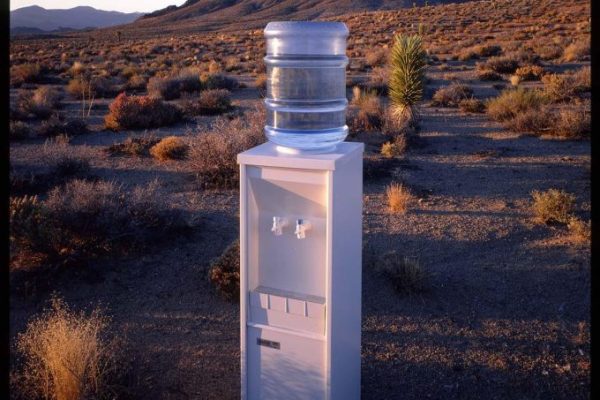
Look, let me say this from the beginning, I’m a big fan of ITAR. I believe that yes, we should have some kind of protection for defense aerospace products being built by American companies by American citizens. I think it is good for the PCB and PCBA industry for sure. I don’t like the idea of these mission critical products being built elsewhere. And yes, the dangers of this were particularly evident when during the pandemic we could not even build our own respirators without relying on our frenemy, China. But alas, sometimes it really does not make much sense.
Let’s start with the term ‘American.” Aren’t Canadians also Americans? When did the U.S. claim that title for just the U.S? But that’s just a side note and not really the purpose of this column. But I cannot help adding that It is silly that Canadians cannot work in U.S. factories without a great deal of bureaucratic hubbub.
Okay back to ITAR, I get it, we should have rules like this to help our own industries, but what about the secrecy stuff? What about protecting our defense and aerospace and national security intellectual property? Does that really matter? I think that it should, but does our government think that it should?
Here is what I mean: while we are twisting ourselves in knots to make sure that one of our enemies does not get their hands on the lay up of a multi-layer board going into a critical system in a Blackhawk helicopter, we leave a bunch of the them behind when we evacuate a country like we just did in Afghanistan, I heard some TV pundit say that Afghanistan now has the world’s third largest collection of Blackhawks (don’t quote me on that, I heard it TV so …well you know). But I am sure we did leave a good amount of them behind, as we have done after other wars. Kind of makes you feel silly to be so careful with the data of that six layer board, doesn’t it?
Or worse yet, while I understand that sometimes you have to leave a country in a hurry, so fast that you don’t have time to pack and ship your stuff home, what about when we actually give, or rather sell our mission critical highly secret, highly proprietary weapons to other countries because we like them that year. And then, a few years later when we are no longer friends, they are using these weapons against us? Does it make sense that we are so carefully making sure that no Canadian is touching the data for a defense and aerospace double sided board in a PCB shop in California?
Sometimes all of this reminds me of the cartoon in Mad Magazine Spy vs Spy. Sometimes it is as funny as that strip.
For example, did you know that technology for the stealth bomber came from Russia or actually the USSR? And that we did not even steal it? Nope, they gave it to us just for asking. That’s right. Years ago, down at Lockheed’s Skunk Works in Southern California – a place so secret that back then the CEO of Lockheed did not have the right clearance to enter the building – one member of the R&D team found a paper by a Soviet scientist that showed how with this new technology that the Soviets had developed you could make anything fly, you could make a desk fly! So, the Americans got on the phone and called the right Soviets and asked if they could use their technology. And the Soviets not only agreed to let Lockheed use the technology; they sent them all of the information that they had on the subject! True story. True story right from both Kelly Johnson’s and Ben Rich’s memoirs about working at Lockheed’s Skunk Works.
All of this makes me wonder about who exactly is the “enemy” in the end. If you spend any time studying The Manhattan project where “America” developed the first atomic bomb, you very quickly learn that scientists from all over the world were working on a collaborative effort to develop that bomb. Read Richard Rhodes’ The Making of the Atomic Bomb, to get the whole story.
Or the Space Program as described in Tom Wolfe’s the Right stuff where the true “Rocket Men” were Werner Von Braun and his band of merry German’s with shall we say… ahem, a questionable past. They were the guys who really put us into space and got us to the moon!
Oh, and one more thing about the Space Program: I’m sure you know that until recently when NASA was sending our Astronauts to work at the Space Station, they were hitching a ride on a Russian rocket ship.
Now you can see why I say, “I’m confused”. Who are our friends? Who are our enemies? Who should we sell our weapons to? And by the way back to ITAR, it’s a good thing that the Manhattan project did not have ITAR, or the early Space program at Redstone, right? That could have been a problem, just saying. It’s only common sense
